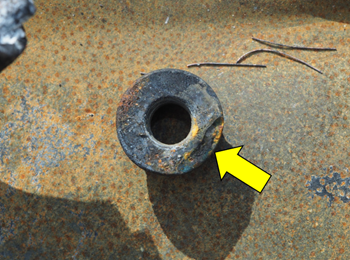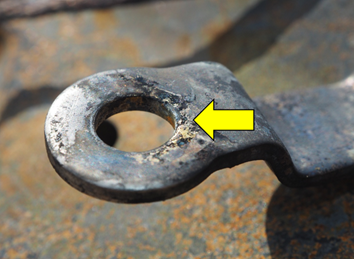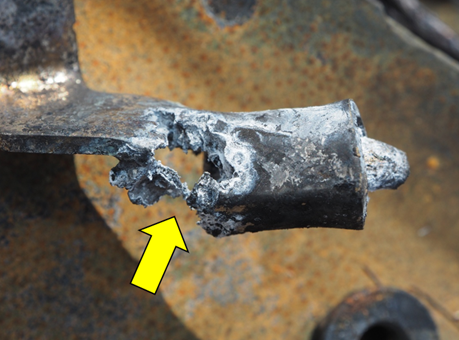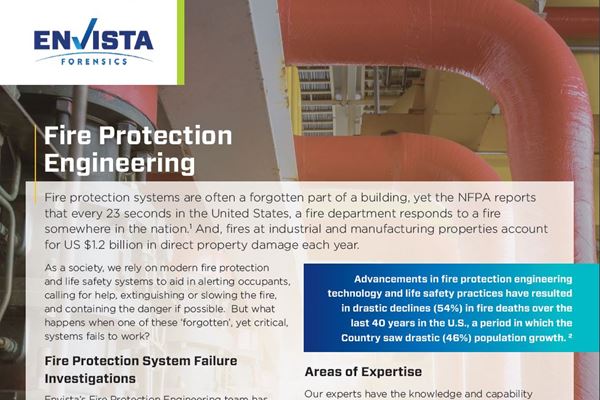Luxury Vehicle Fire Investigation

Envista Forensics was called to investigate a fire in a privately owned and operated luxury vehicle following an engine replacement. Before the fire, the owners of the vehicle were notified by the manufacturer of a need to replace the engine due to an existing condition. The owners took the vehicle to a local dealer specializing in the specific make to carry out the repair work. The dealer replaced the engine with a factory block directly from the manufacturer, conducted a test drive, and determined that the repair was satisfactory.
Shortly after receiving the repaired vehicle, the owners were traveling on local roads when the vehicle’s lighting and instrumentation flickered, and the vehicle caught fire.
Envista's Forensic Fire Investigation
Envista determined that the fire originated in the engine bay, and more specifically, near the engine accessories. Envista’s mechanical engineering team examined the area of origin and found that the starter power cable terminal was loose. The terminal lug had evidence of arcing and material transfer on the contact surface with the starter solenoid and with the terminal nut.

The starter solenoid was located near the engine starter, and it was powered directly from the battery’s positive terminal. The engine replacement procedure included a separation of the starter assembly from the battery wiring, which the dealer did at the starter solenoid. Upon reassembly, the terminal nut was not sufficiently torqued, which resulted in loosening over time from the driveline and road vibrations.
A loose terminal will not conduct current as efficiently as one that’s properly torqued, resulting in heat buildup and potentially arcing, which can ignite nearby materials. The subject vehicle was fitted with an engine auto start-stop feature to conserve on fuel, meaning the starter circuit would be utilized more frequently than on a vehicle without.
Further, the loose terminal was free to rotate. Envista found that the terminal was locally melted. Near the melted region, a refrigerant line was present. Though the fire consumed the aluminum refrigerant lines, examination of an exemplar vehicle assisted in the determination of the original position and routing of the refrigerant lines.
Conclusive Determination
Envista recommended conducting further laboratory analysis to determine the material composition of the transferred material on the terminal in the region of the localized melting.
Our experts are ready to help.






